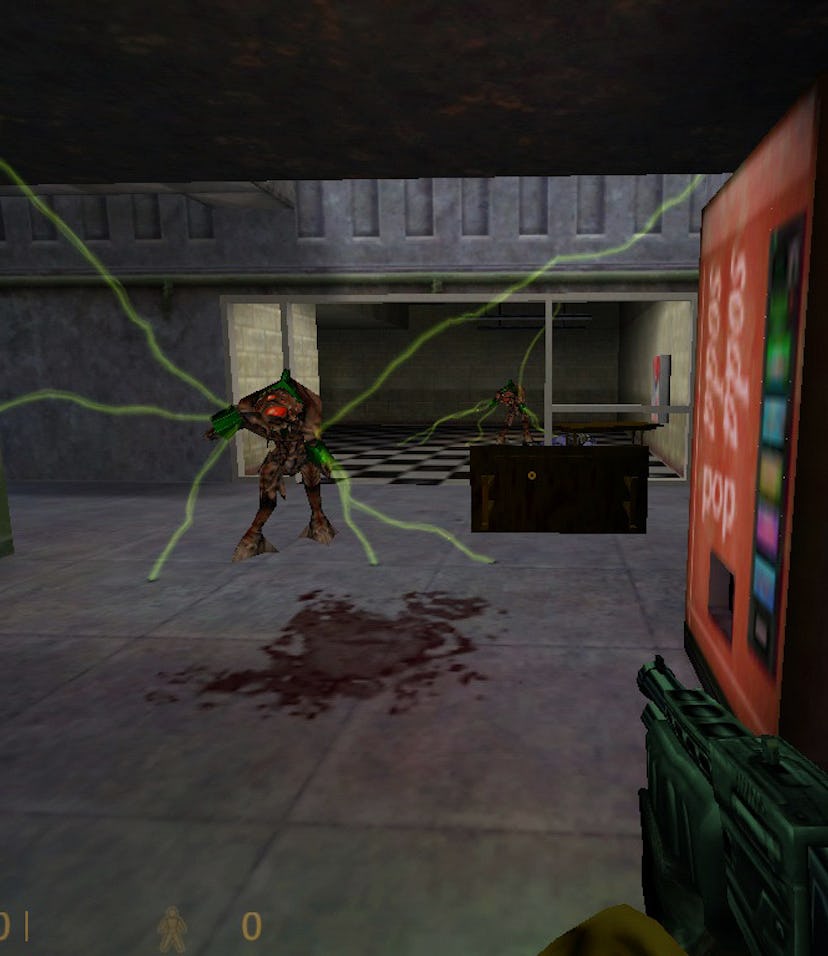Gaming
Valve's 1998 shooter ‘Half Life’ is getting ray tracing
One modder is bringing new light to the now-retro FPS classic.

When Valve’s first-person sci-fi shooter Half Life came out back in 1998, it was named “Game of the Year” by over 50 publications and spawned multiple sequels. So it may not come as a surprise that many passionate fans have taken to modding, remaking and “demaking” the original 90s classic. One Half Life fan is engineering a new version of the game with ray tracing — and the results look pretty incredible so far.
Sultim Tsyrendashiev has a B.S. in software engineering and has taken it upon himself to add ray tracing technology to the original Half Life by adapting an existing project. Funny enough, Tsyrendashiev’s project is based on another attempt to add ray tracing to Half Life, which was itself also based on another effort to add ray tracing to Half Life. Third time’s the charm, right?
Cinematic lighting — But what exactly is ray tracing, and what can it do for a 90s game? Ray tracing is, as Tech Radar puts it, “an advanced and lifelike way of rendering light and shadows in a scene... simulating and tracking every ray of light produced by a source of lighting.”
This tech is the reason modern movie CGI looks so much better than it used to, but it takes a toll on most PCs. That being said, the latest-gen consoles like the PS5 and Xbox Series X/S can handle ray tracing, as well as NVIDIA’s 30-series graphics cards. As you can see from Tsyrendashiev’s teaser for his project, ray tracing doesn’t change the low resolution, but it makes the lighting elegant and cinematic.
Low res, nice light — Tsyrendashiev released a teaser trailer for his ray tracing remake, offering fans a glimpse into his work so far. The ray tracing adds impeccable, realistic lighting to every environment. As one viewer puts it, when ray tracing is applied to such an old game, it gives Half Life a “weirdly satisfying charm.”
The creator’s code is available on GitHub and the final version will be uploaded there when it’s complete, which is expected to be sometime in 2022. As Tsyrendashiev explains in the teaser’s bio on YouTube, “These things, they take time.”